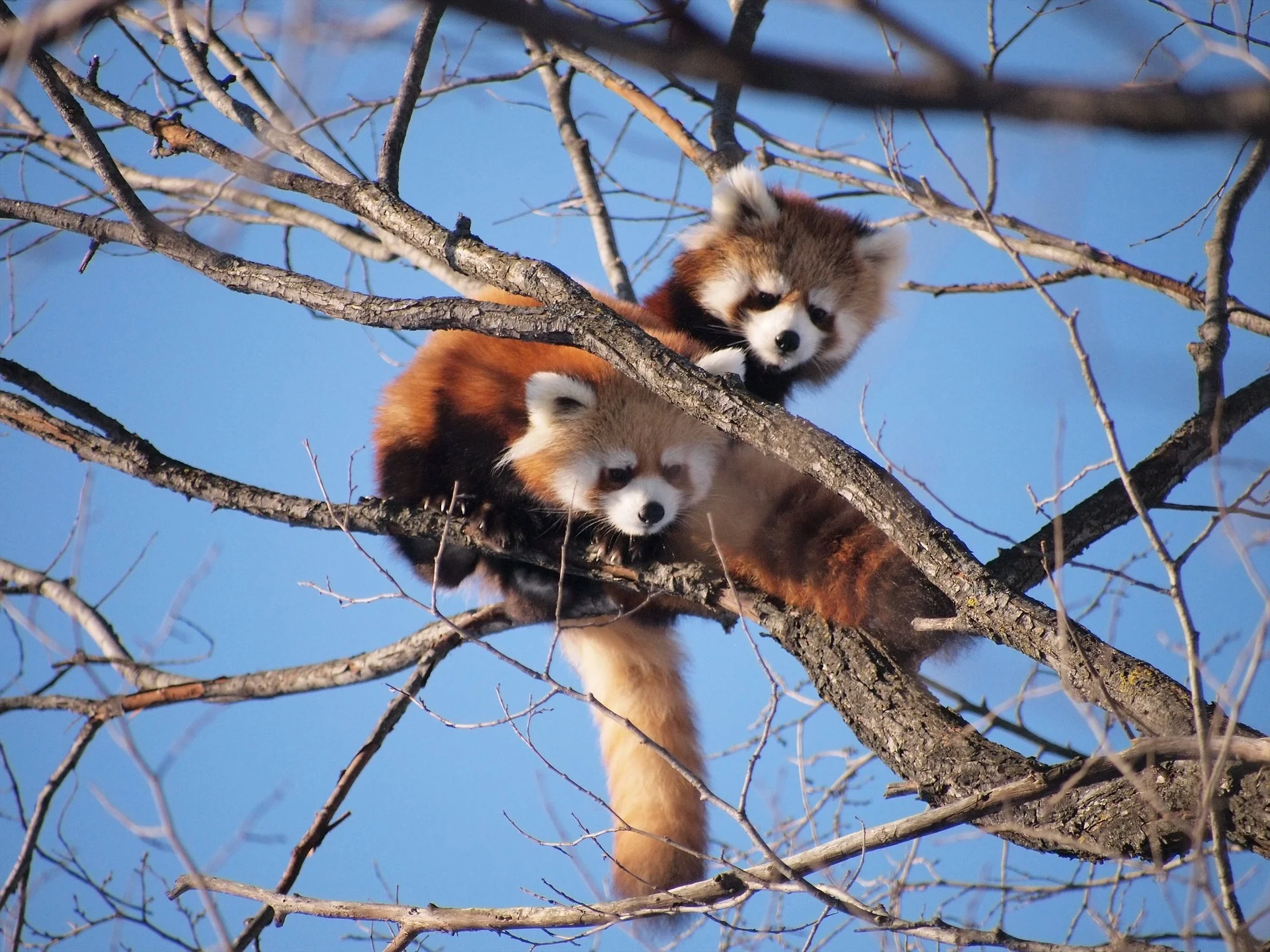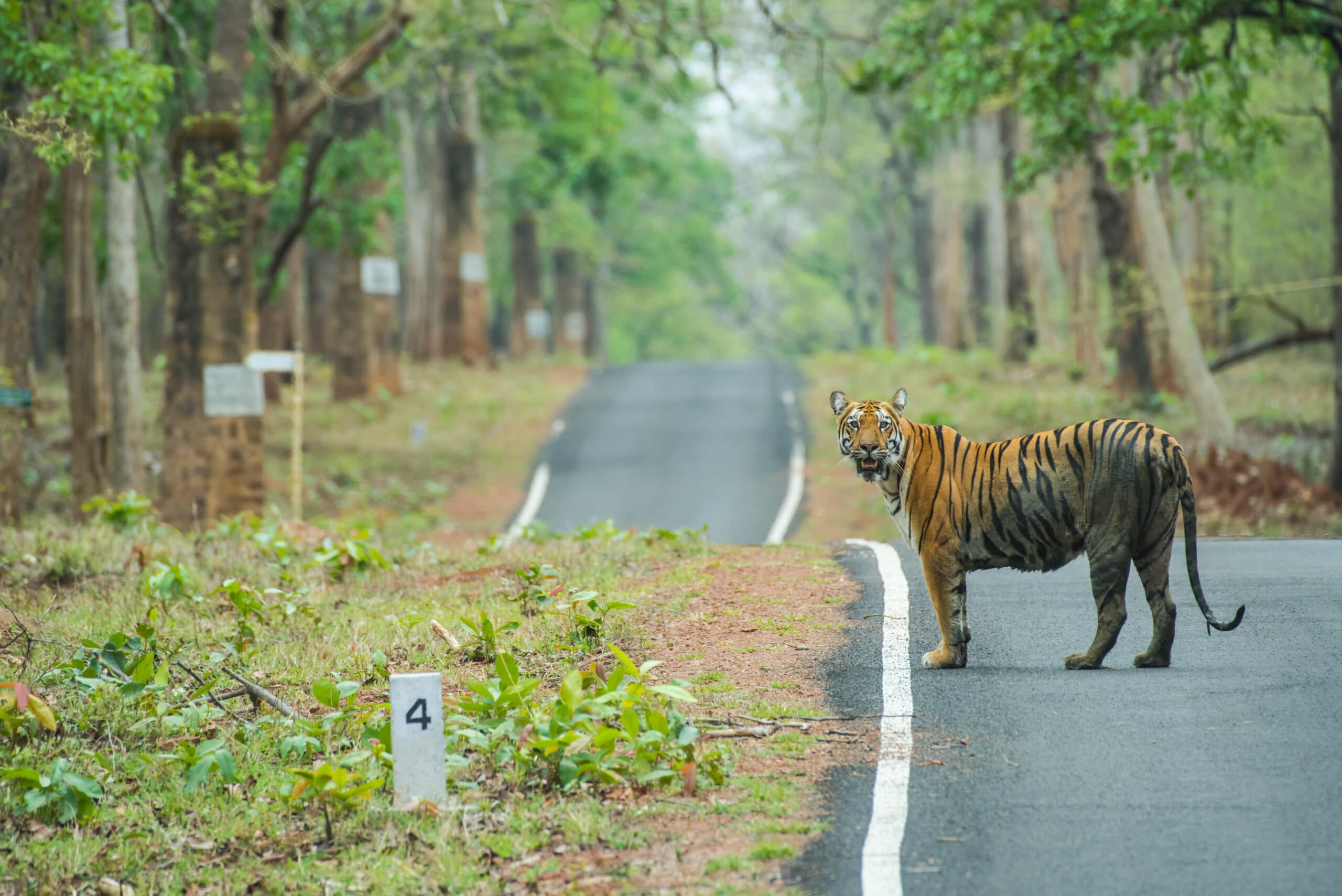Red Panda is also known as red bear, red cat bear and lesser panda. You may have heard about giant pandas found in the mountain ranges of South Central China. But, red pandas who only share a common Kingdom, Class and Order with giant pandas are typically found in the Himalayan Belt and Southwestern China. You can spot red pandas in the Himalayan mountains of India, Bhutan and Burma and China.
The conservation status of the red panda is endangered on the Red List of IUCN. The population of red pandas is estimated at less than 10,000 individuals.
Red panda: How do they appear?
As the name suggests the little red pandas have reddish-brown fur and a long tail and of course, a cute face. They are small in size (similar to a small cat) and have shorter front legs. Red pandas can be seen in bamboo forests. They are experts in climbing trees, just like a cat.
Food: Bamboo addiction?
Red pandas’ favourite food is bamboo, but we find it tasteless. Isn’t it interesting? But what is more interesting is that they can eat over 20,000 leaves of bamboo in a single day. These voracious bamboo eaters can devour over 2Kg of bamboo leaves and shoots in a day! 95 to 97% of their diet comes from bamboo. They can also be seen eating eggs, insects and flowers, but these are like snacks for them. They spend most of their time eating bamboo. And, when they are not eating, they are sleeping and resting on a tree branch.

Why do red pandas stand upright on hind legs?
You may have seen pictures of pandas standing on their hind legs. They look cute doing this. But The question is why do they do this? While we find it very amusing, the red pandas actually try to defend themselves. They stand on their hind legs to make themselves appear larger and defend themselves. This happens when they feel threatened and can be hunted down by snow leopards or mustelids or any other carnivore that has the ability to threaten their existence. In zoos, we often see them standing on their back legs, so now, you know the real reason!
Red pandas in India: Where can you find them?
In my personal opinion, if you are a nature lover or love red pandas, you should not go to such places to disturb their natural habitat and ecology. And, if you really want to go, then visit as a responsible person and take good care of their habitat and environment. In India, you can find red pandas in north-eastern states who host around 50% of their current existing population. Red pandas are found in Sikkim, West Bengal, Assam, Meghalaya and Arunachal Pradesh.
Red pandas can be spotted in the following areas:
- Kanchenjunga National Park (Sikkim)
- Nokrek National Park (West Garo Hills of Meghalaya)
- Kanchenjunga National Park (Darjeeling,West Bengal)
- Kanchenjunga National Park ( Kalimpong, West Bengal)
- Namdapha National Park (Itanagar Arunachal Pradesh)
- Balpakram National Park (Tura, Meghalaya)
Why are red pandas endangered?
Apologies for not giving this article a happy ending, but the fact is that we have lost over 40% of red pandas from our planet. Today, we have less than 10,000 red pandas and they too are threatened mainly because of increasing deforestation which is resulting in habitat destruction.
Humans are not only responsible for their habitat destruction, but also for hunting them for their skin and furs. They are also caught for poaching and used in the illicit pet trade. They are poached for their bushy tails from which hats are produced in China and Myanmar. People in these countries also use red panda fur in cultural ceremonies and as “good luck” charms to newlyweds. But, how can taking some animal’s life can bring good luck?
Also read: Elephant Reserves In India



